Assessments have become a critical piece to education reform. To prepare students well for college and career means they must deeply learn the material and its application to their lives and future learning.That means assessing student knowledge authentically and accountably.
This doesn’t stop with quizzes, tests, and memorizing facts. Those approaches may be prescriptive, but they don’t measure results in a way that leverages learning. Good assessments should verify:
- that students have unpacked a lesson and applied it rigorously
- that students have connected lessons to other learning and applied it to their lives
- that students take responsibility for their learning by embracing deep learning
- that students think creatively with their new information
- that lessons are scalable and dependent upon each child’s learning style
- that students are stakeholders in this effort, not passive consumers
A well-formed assessment achieves these six characteristics constructively. It’s not always measured by a grade, as is common in summative assessments. Sometimes it derives evidence of learning from anecdotal observation, watching students apply prior learning, working in groups, or participating in classroom discussions.
Thanks to technology, there are lots of fun and effective ways to assess learning in ways that transform your classroom. Here are seven ideas:
Polls
Polls are quick ways to assess student understanding of the goal of your daily teaching. It measures student learning as much as lesson effectiveness. Polls are fast–three-five minutes–are anonymously graded and shared immediately with students. It lets everyone know if the big idea of the lesson is understood and if the essential questions have been answered.
These can be graded, but are usually used formatively, to determine organic class knowledge before moving on to other topics.
Tools: Socrative, PollDaddy, Google Forms
Time: a few minutes
Method: Formative assessment
Warm-ups and Exit Tickets
Warm-ups are given at the beginning of class to measure what students remember from prior lessons or know about a subject before jumping into a unit. They inform teachers how to optimize time by teaching what students need to learn, not wasting time on what students already know. They are a couple of minutes, can be delivered via a Discussion Board, blog comments, a Google Form, or many other methods.
Exit tickets are similar, but assess what students learned during the lesson. In this way, teachers know if they should review material, find a different approach to teaching a topic, or students are ready to move on. Like Warm-ups, Exit tickets are a few minutes, and delivered in a wide variety of creative methods.
Tools: Twitter, a poll, Padlet collaborative wall, blog comments, Google Forms, a Discussion Board
Time: a few minutes
Method: Formative assessment
Quick Quizzes
These are one-two question checks during class to measure understanding. They are either delivered at an assigned time during class (where everyone participates at once) or are questions students answer when they gain that knowledge from a lesson. Both approaches are a great way for a teacher to determine if she has explained a topic clearly enough that students have a useful understanding of it.
A nice by-product of letting students answer the questions when they’re ready is you may find they get a topic much faster than you expect. That means you know when to move on to more challenging information.
Tools: Use an app like Blendspace, Schoology.
Time: five-ten minutes
Method: Formative or summative assessment
Gameshows
Team students up and give them study materials and prep time as a group. This may be fifteen minutes or an entire class–you decide. Encourage them to strategize how to work best as a team. For example, they may decide to assign experts on topics or all be generalists. They may also select a captain, depending upon what type of ‘gameshow’ is being played.
When prep time is completed, review the rules of the gameshow. Rules will differ depending upon which gameshow you select. then, get started! They’ll think it’s a game. You’ll see how much they really know on a subject.
Tools: Jeopardy template, Hollywood Squares template
Time: thirty minutes
Method: Summative assessment
Virtual Wall
Ask students a question and have them add their answer to a virtual wall.
Virtual walls are also great ideas for reviewing a subject prior to a summative assessment. Have each student post an important idea they got from the unit with significant required details.
Time: a few minutes
Method: Formative assessment
Brainstorm
Create a group mindmap to evaluate what the class knows on the subject. This is well-suited to informing you what the class as a whole understands from your teaching, but also creates an excellent study guide for students.
For older students, you can use a screenshare free app like Join.Me for a group edit of your screen.
Tools: Bubbl.us, Canva
Time: ten-fifteen minutes
Method: Formative assessment
Differentiation
Ask students to select a tool you’ve used in class to share their understanding of a topic. This can be visually, orally, written, or artistically. It can use screencast programs, word processing, story-telling tools, or another that they are familiar with. They must select a tool they know how to use (because this isn’t the time to learn new ones) and it must be completed in a specified amount of time. It can be done individually or in groups.
Tools: Online tools like Animoto, Wordle, Screen-cast-0-matic, or another of student’s choice.
Time: thirty minutes
Method: Summative assessment
Assessments that work best are those that are fresh and new to students, requiring they think critically and creatively as they share knowledge. What do you use to organically assess student learning?
To introduce your students to these amazing tools, pick fifteen and then use this fun lesson plan–15 Webtools in 15 Days.
More about assessment:
How Do You Grade Tech? I Have 14 Ideas
10 Factors to Inform Tech Assessment
Jacqui Murray has been teaching K-18 technology for 30 years. She is the editor/author of over a hundred tech ed resources including a K-12 technology curriculum, K-8 keyboard curriculum, K-8 Digital Citizenship curriculum. She is an adjunct professor in tech ed, Master Teacher, webmaster for four blogs, an Amazon Vine Voice, CSTA presentation reviewer, freelance journalist on tech ed topics, contributor to NEA Today, and author of the tech thrillers, To Hunt a Sub and Twenty-four Days. You can find her resources at Structured Learning.

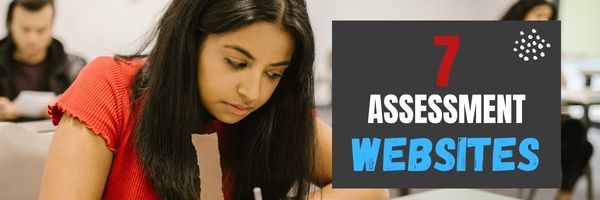


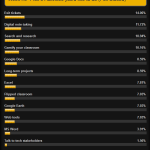
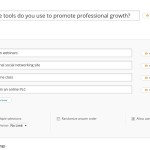
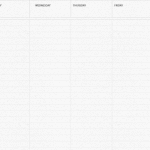

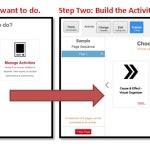

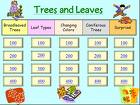

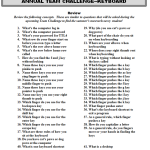

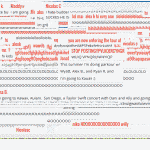
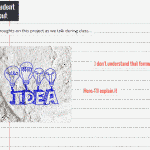

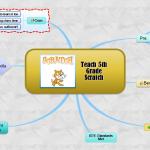
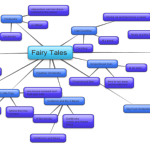
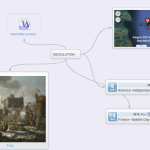
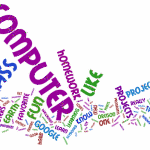
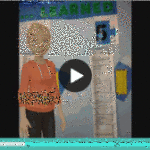
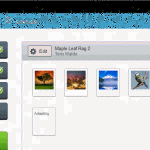



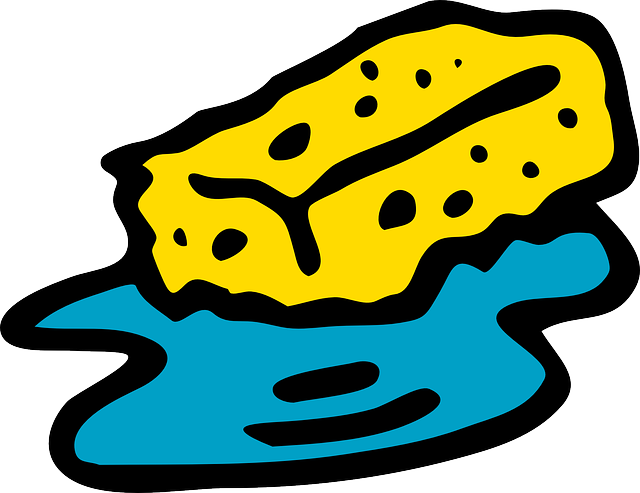































So many resources and tools that can help quickly and efficiently assess what and how students are learning material. I have used some of these tools already, but I look forward to using others in different contexts. Are there any assessment tools that you might recommend for a more summative (final exam) type of assessment?
I have a list of assessment tools here:
https://askatechteacher.com/great-resources-2/assessments/
and here:
https://askatechteacher.com/great-kids-websites/assessments/
Some of my favorites for summative tests are Testmoz.com and JotForms for a pretty robust test.